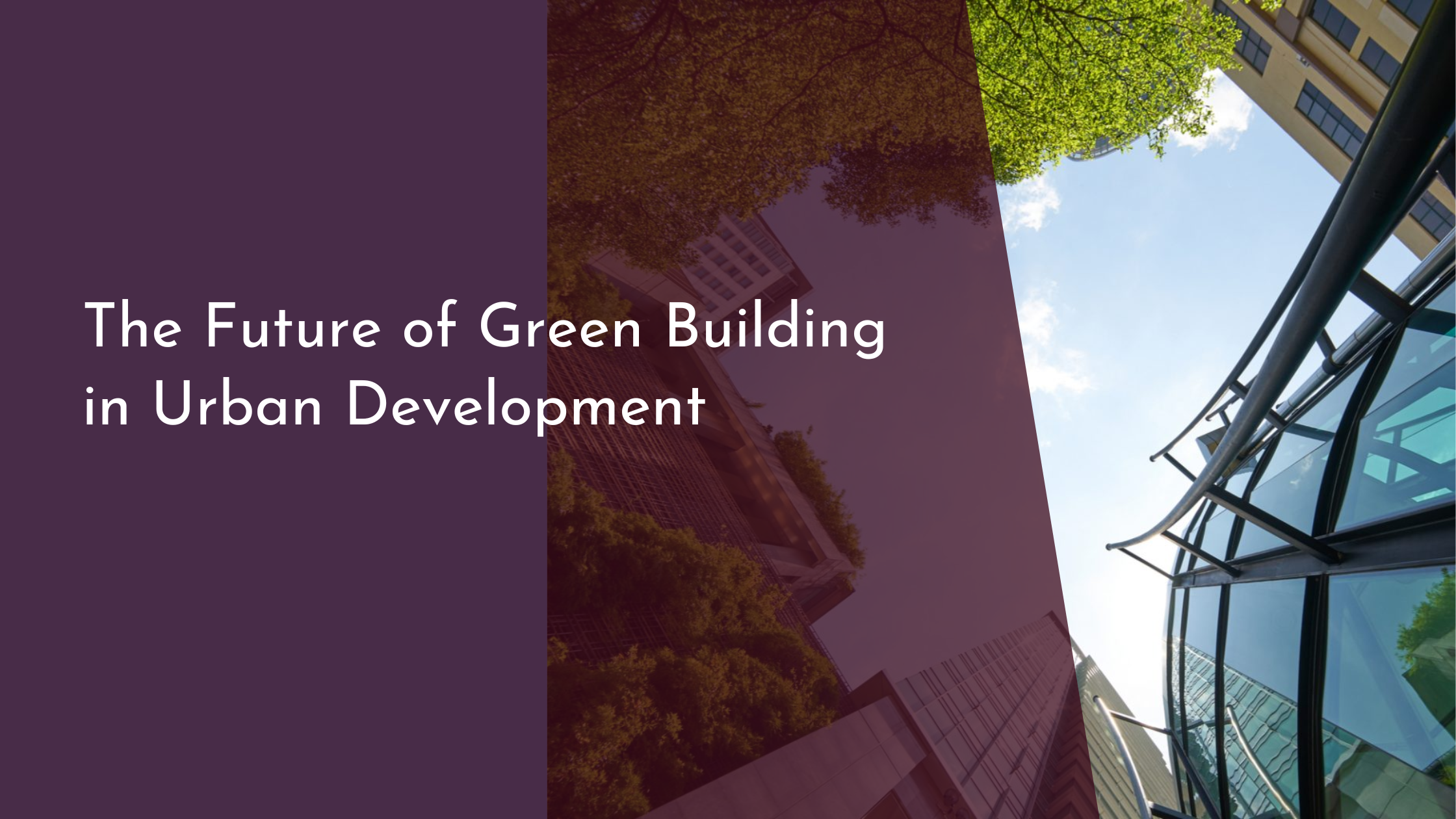The Future of Green Building in Urban Development
The future of urban development is undeniably intertwined with the principles of sustainability and environmental stewardship. As cities grow, the buildings that comprise them must evolve to meet both the needs of their inhabitants and the demands of a changing planet. Green building, an approach that emphasizes efficiency, sustainability, and minimal environmental impact, is at the forefront of this evolution. This article explores the innovations driving green building forward, the urban policies encouraging this sustainable growth, the challenges faced in implementing green technologies, and concludes with a hopeful outlook for the future of urban green building.
Innovations Driving Green Building Forward
Green building is rapidly advancing thanks to numerous technological innovations. One promising development is the integration of smart building technologies, which allow for the real-time monitoring and optimization of energy use. These systems can adjust lighting, heating, and cooling based on occupancy, time of day, and even the weather, significantly reducing energy waste. Furthermore, advancements in materials science have led to the creation of sustainable building materials that are not only more environmentally friendly but also more durable and cost-effective. For example, cross-laminated timber is being used as a sustainable alternative to steel and concrete, offering a smaller carbon footprint while maintaining structural integrity.
Another exciting innovation is the development of energy-positive buildings—structures that produce more energy than they consume. This is made possible through the integration of renewable energy sources, such as solar panels and wind turbines, into building designs. Additionally, passive design strategies, which take advantage of natural light and ventilation, are becoming more prevalent, reducing the need for artificial lighting and air conditioning. Innovations like these are helping to redefine what is possible in urban development, making green building a key component in the quest for sustainable cities.
Urban Policies Encouraging Sustainable Growth
Urban policies play a crucial role in fostering an environment where green building can thrive. Many cities around the world are implementing stringent building codes and regulations that mandate the use of sustainable practices and materials. These policies not only set the standard for new construction but also incentivize the retrofitting of existing buildings to meet modern efficiency standards. By offering tax incentives, grants, and subsidies, governments are encouraging developers and property owners to invest in green technologies.
Moreover, urban planning strategies are increasingly focused on creating compact, mixed-use developments that reduce the need for long commutes and promote public transportation. By prioritizing high-density neighborhoods and integrating green spaces, cities are working to reduce their overall carbon footprint and create healthier living environments. These policies support the growth of green building by creating a demand for sustainable urban infrastructure, paving the way for a greener future.
Challenges in Implementing Green Technologies
Despite the array of benefits and innovations in green building, there are still significant challenges to overcome. One major obstacle is the higher upfront cost associated with integrating sustainable technologies and materials. While these investments often pay off in the long run through energy savings and increased property values, the initial expenditure can be prohibitive for developers and property owners. Additionally, there is a lack of standardized metrics and certifications, which can lead to confusion and inconsistency in what qualifies as “green” building.
Another challenge is the resistance to change from traditional construction practices and the inertia within established industries. The construction sector is often slow to adopt new technologies, partly due to a lack of skilled labor trained in the latest green building techniques. Moreover, existing infrastructure and regulatory frameworks may not readily accommodate the innovative solutions that green building requires. Addressing these challenges requires coordinated efforts from all stakeholders, including government agencies, industry leaders, and educational institutions, to facilitate knowledge sharing and build a workforce capable of supporting this vital transition.
As cities continue to grow and evolve, the adoption of green building practices is essential for creating sustainable urban environments. While there are challenges to overcome, the innovations and policies already in place offer a promising path forward. With continued investment and collaboration among stakeholders, the future of urban green building is indeed bright. By embracing sustainable technologies and practices, cities can not only reduce their environmental impact but also improve the quality of life for their residents. The transition to green building is not just a possibility; it is a necessity for a sustainable future.

